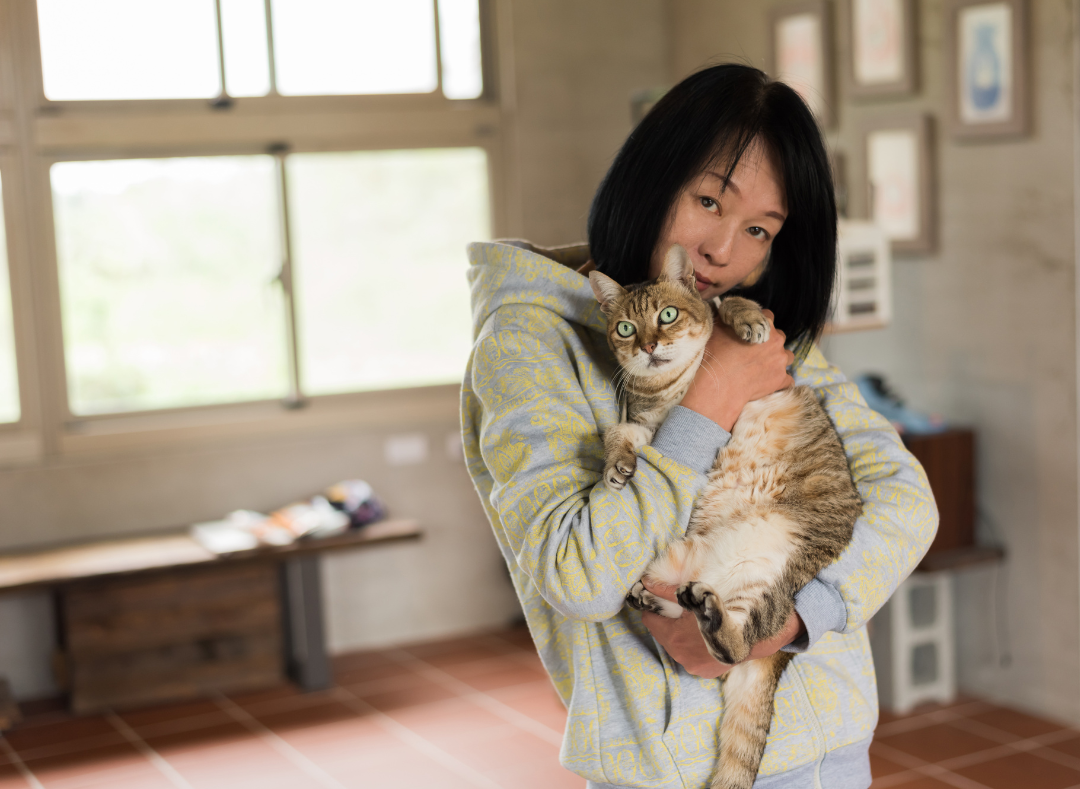
How to Handle a Cat Properly
Cats are beautiful, and it feels amazing to snuggle them. However, cats should enjoy being held as well! This article will guide you on when to approach a cat, how to handle a cat, and what to avoid when handling a cat.
When to pick up a cat
We need to remember that cats have moods, just like humans. Humans don’t always want to interact, and cats are similar. This means that you should not just scoop up a cat whenever you feel like it. If the cat isn’t in a good mood, they may injure you!
Therefore, if you want to pick a cat up you should first approach them and check if they’re in a good mood. An exception to this recommendation is if you need to get your cat out of danger asap, or if you’re handling the cat for medical reasons (e.g. if the cat is at the vet, or if you need to check something that you feel is wrong with the cat).
How do you check whether you can pick a cat up?
*Ask permission from the cat’s owner
If the cat’s owner or caretaker is around, always ask them for permission to approach your cat. They’re the best people to inform you about the cat’s temperament (e.g. if the cat hates strangers). This will prevent lots of misunderstandings down the road!
How to approach a cat
Even if the cat is a stray or the owner/caretaker has given permission to approach, do not just approach the cat head-on and scoop them up. Let the cat come to you!
Crouch so that you’re on the cat’s level (do not sit - you may need to get away asap if the cat decides to attack!). Move calmly, and avoid any sudden movements. Avoid direct eye contact with the cat. You can hold your hand out for the cat to sniff and call the cat’s name in a soft, crooning voice. If the cat does not come to you, leave them be.
If the cat approaches you, do not touch them just yet. If the cat sniffs at your fingers, they’re trying to suss you out and see if they want to interact further.
If a cat wants further interaction, they will display signs such as head-rubbing, kneading at you or head-butting. They may even display their belly. However, do NOT touch their belly!!! Unlike dogs, most cats hate belly rubs (with a few exceptions, but it’s better to be cautious!)
Once they show these signs of interactions, it’s safe to try and stroke them behind the ears or pat them on the back. Avoid touching the whiskers, paws, belly or tail.
When a cat shows affection during your initial interaction, you could try and progress to the next step (aka carrying the cat).
On the other hand, cats can also show signs of hostility after sniffing at you. Signs of hostility include (but are not limited to): Hissing, growling, ears flattened backwards, an arched back and so on. If you see any of these signs, stay away!
Before you carry a cat
Even if a cat is initially affectionate, it’s not an automatic invitation to carry them. Some cats are friendly, but they absolutely hate being carried - so please check again with the pet’s owner or caretaker if the cat is alright with being carried.
Steps in carrying a cat
Remember that you should always use two arms to carry a cat - no matter how small the cat is. As cats are yoga masters, it’s much easier for them to wriggle out of one hand!
Always support the cat’s legs with your hands. Cats do not feel secure when their legs dangle. Support the cat’s bum and hindlegs in the cook of one elbow, and drape your other hand across the cat’s front legs and body (like a kitty seatbelt). Look at these images for examples of proper handling.
Should we scruff cats?
Cats were commonly scruffed in the past. However, the latest research shows that scruffing can make cats panic, and cause aggression in the long run. Therefore, current behaviour guidelines strongly discourage scruffing (unless in the event of an emergency).
Help! My cat doesn’t want to be handled at all!
If your cat is anxious and/or aggressive, and that interferes with their quality of life (e.g. getting necessary medical treatment), it’s best to consult your veterinarian. After a veterinarian assesses your pet, they may recommend calming aids (e.g. Feliway, NHV Matricalm, Purina Feline Calming Care) or even medication (e.g. trazodone). Do note that if you purchase medication from My Animal Dispensary, you need a prescription from an AVS-licensed veterinarian.
Final Thoughts
We hope that this article has helped you. If you have further questions, a veterinarian will be the best person to provide personalised advice!



Leave a comment